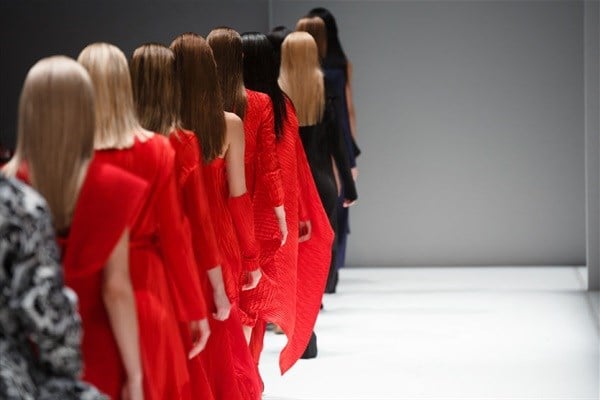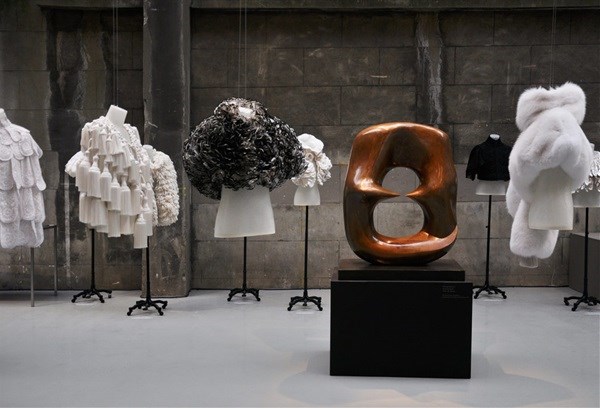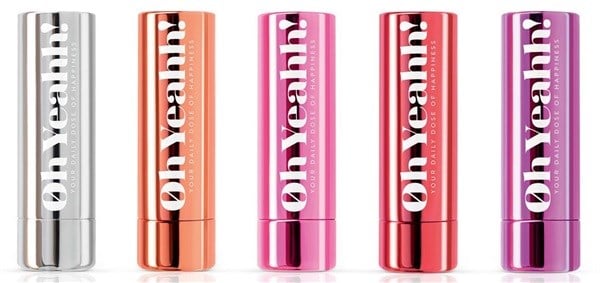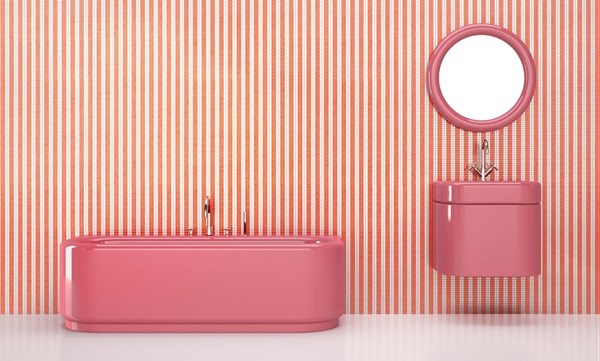
Top stories




WGSN uses a combination of qualitative and quantitative data to predict the future trends. Alongside data – that includes social media, economic data, products coming down the runway, sales, markdowns, and global market news – the WGSN also takes into the account the expertise of 250 forecasters who take a 360° view and pick up on the signals and find new patterns. They visit 137 trade shows, take street shots and retail shots across the globe, and they read 800 blogs collectively around the world.
The trend forecasting company then takes the collective data made of ‘maths and magic’ and forecast trends two years in advance and as the season grows closer, they start looking at retail, move into big ideas and design development, and a year before they look into the buyers briefing as well as emerging trends across fashion and data.
For spring/summer 2019, WGSN has broken down the observed trends to three overarching ideas: common ground, in touch, and creative manifesto. These trend observations look at how people are living and responding to their environment, and are then used as a broad guideline for developments in fashion and design.
One of the biggest concepts to emerge is the idea of commonality or finding a common ground. According to the WGSN, given the world’s current tumultuous political landscape and its effect on mass globalisation, the consumer will stop looking at the world economy and focus more on domestic growth. Additionally, with feelings of fear and uncertainty, humans tend to gravitate toward the need for comfort, consequently, 2019 is a time expected to find common ground.
“At the heart of common ground, there is the concept of allyship – a lifelong process of building relationships, building trust, particularly with marginalised individuals or groups. This is going to be the most important partnership because activism will no longer be about sticking a slogan on a t-shirt or just a marketing campaign, but it has to have more of a long-term commitment and so it’s really important for corporations and communities to form new allyships and it’s also important for them to collaborate with someone that they wouldn’t normally collaborate with,” says Maggioni.
More designers and creators will look to the idea of 'bridges over barriers', such as Studio MRDO and Studio LaM’s design of an underground, demilitarised bathhouse for North and South Koreans, and Ikea collaborating with 200 Syrian refugees to create rugs and carpets to be made available in 2019.

Another big idea at the heart of common ground is the meaning of making. The "makers’ movement" will move into something deeper and will see the use of old techniques with modern materials, in the process forming new uses.
This can be seen in the partnership between Burberry and the Henry Moore Foundation to showcase the 2017 Spring collection alongside the Moore sculptures that inspired the range as well as its accompanying educational workshops; and the Nit Occlud device which was designed by cardiologist Franz Freudenthal and involves indigenous Aymara women in Bolivia who use their traditional craft skills in knitting to produce the device.

Despite the digital connection we all share, spring/summer 2019 will see more and more people yearning to be in touch with their emotions and their physical wellbeing albeit with a lesser focus. “Consumers are constantly in this back-and-forth relationship with social media; on the one hand we want to be on social media less but at the same time, we have FOMO (fear of missing out) so we are constantly tracking our devices, but at the same we are also wishing they would just go away,” says Maggioni.
Largely, there will be a shift away from physical wellbeing and a focus on mental health and Maggioni indicates that the most important lifestyle trend for S/S 2019 will be self-acceptance rather than self-loathing. “While social media has been really amazing for many things, it’s also created a lot of anxiety and in 2016, the search for ‘anti-diets’ was one of the biggest trendings on Pinterest, which is quite telling because Pinterest was one of the platforms that really started the #CleanEatingMovement. We are seeing a backlash against that seemingly unattainable lifestyle,” she says.
There are several new anti-wellness events coming to the fore like the Pizza Run in New York and the beer marathons in Australia. “It’s the idea of indulgence, still doing your physical activity but at the same time, you can reward yourself in the end.”
Mental health is also going to be one of the focus points. Maggioni indicates that depression is currently recorded at an all-time high, particularly in men as they are believed to be less likely to report it than women. Several campaigns have already started addressing mental health amongst young men: the Heads Up Canada Campaign saw young men share their struggles with mental health and photographer Myles Loftin's project Hooded centred around the way young black men are portrayed; the series depicts young black men as joyful and in bright colours.
As a result of consumers prioritising getting in touch with their moods and emotions, designers are thinking of items with the aim of making consumers feel well. Like the Pauline van Dongen touch-sensitive denim jacket that tracks the wearer’s interactions and delivers a gentle back rub and massage; ChromaYoga which was started in the UK and combines colour therapy and yoga; and the Oh Yeahh! Happiness Lip Balm’s chemical formula that is rich in tryptophan, which increases the natural levels of serotonin, the hormone of happiness.

As the worldwide population starts to distrust authority, more people are starting to question systems and are looking to go against the standard and the norms. As a result of that, there is an urge to be different which will see creativity and self-expression becoming more important.
“In times of extreme uncertainty, it might sound counterintuitive, but the best strategies are to really push out of your comfort zone because discomfort does inspire action and as creatives, we need to feel to create. It is said that the seven most expensive words in business are ‘we have always done it this way’, which is not necessarily a bad thing, if something works, it works, but complacency is, so the idea of not innovating or not doing anything about it creates more of a stable environment that doesn’t quite work,” says Maggioni.
In terms of design, the imagination will rise to extremes and designers will delve into escapism. As seen in Kenyan photographer and afro-futurist Osborne Macharia’s fictional photo series Magadi which depicts former female circumcisers who shelter young girls and teach them fashion skills all while looking fantastic and fashion-forward as well as the emergence of a playful, play pop aesthetic that will have an effect on visual merchandising and store design.

